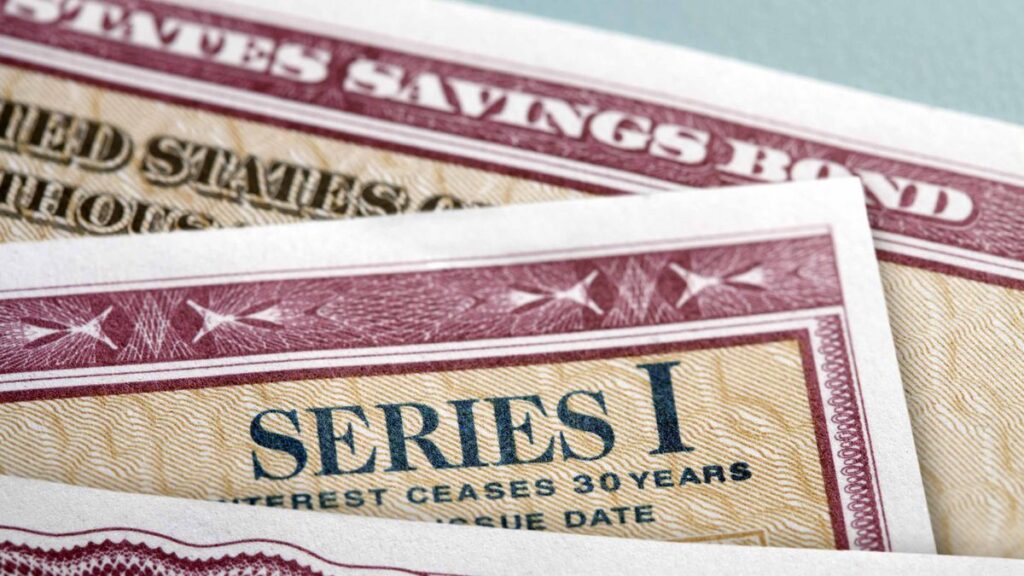Since 2012, when banks stopped selling paper savings bonds, buyers have been limited to purchasing them electronically, with one exception. That means you can purchase up to $5,000 of paper Series I Savings Bonds (I Bonds) each year with your IRS tax refund.
However, starting January 1, 2025, that option will no longer be available.
Why are paper I-bonds being phased out?
The Tax Time Savings Bonds (TTSB) program was launched in 2010 to allow tax filers to use their tax refunds to purchase paper I-bonds. But on average, only 35,000 people a year buy paper bonds through the program, according to the IRS.
Subscribe to Kiplinger’s Personal Finance
Become a smarter, more informed investor.
Up to 74% off
Sign up for Kiplinger’s free e-newsletter
Profit and prosper with the best expert advice on investing, taxes, retirement, personal finance and more straight to your email.
Profit and prosper with the best expert advice straight to your email.
This represents only 0.03% of all taxpayers and less than 10% of I-bond buyers. The IRS says the program is expensive to administer and mailing paper bonds can lead to fraud, theft, loss and delay.
Can I purchase a paper i-bond if I have not yet filed my 2023 tax return?
If you receive an extension to file your 2023 tax return due October 15, 2024 before the program ends, you still have a chance to purchase a paper I-bond.
You must complete IRS Form 8888. Once your tax return has been processed, your bond will be mailed to you.
What should I do with my existing paper I-bond?
Although you are not required to do so, you can use TreasuryDirect to convert your paper I-bond to an electronic bond. It’s free to use, but you’ll need to set up an account if you don’t already have one.
However, be aware that TreasuryDirect can be difficult to navigate. Also, if you’re not ready to go digital, you can hold on to your paper i-bond until you’re ready to cash out.
Should I buy electronic bonds in the future?
TreasuryDirect.gov allows you to purchase up to $10,000 of electronic bonds each year. You can also purchase a $5,000 electronic bond if you purchase using your tax return. The overall yield for bonds issued from May to October 2024 is 4.28% (fixed interest rate: 1.3%, inflation rate (adjusted every six months): 1.48%).
In November, the Treasury will set new semi-annual inflation rates based on the consumer price index and fixed interest rates for bonds issued between November 2024 and April 2025.
While the interest rates may not be particularly comparable to the best high-yield savings accounts or the best CD rates, which offer returns above 5%, bonds are still a stable, low-risk option for growth. It is considered.
Note: A version of this item first appeared in Kiplinger Personal Finance Magazine, your trusted monthly source of advice and guidance. Subscribe to earn more money and keep more of what you earn here.



